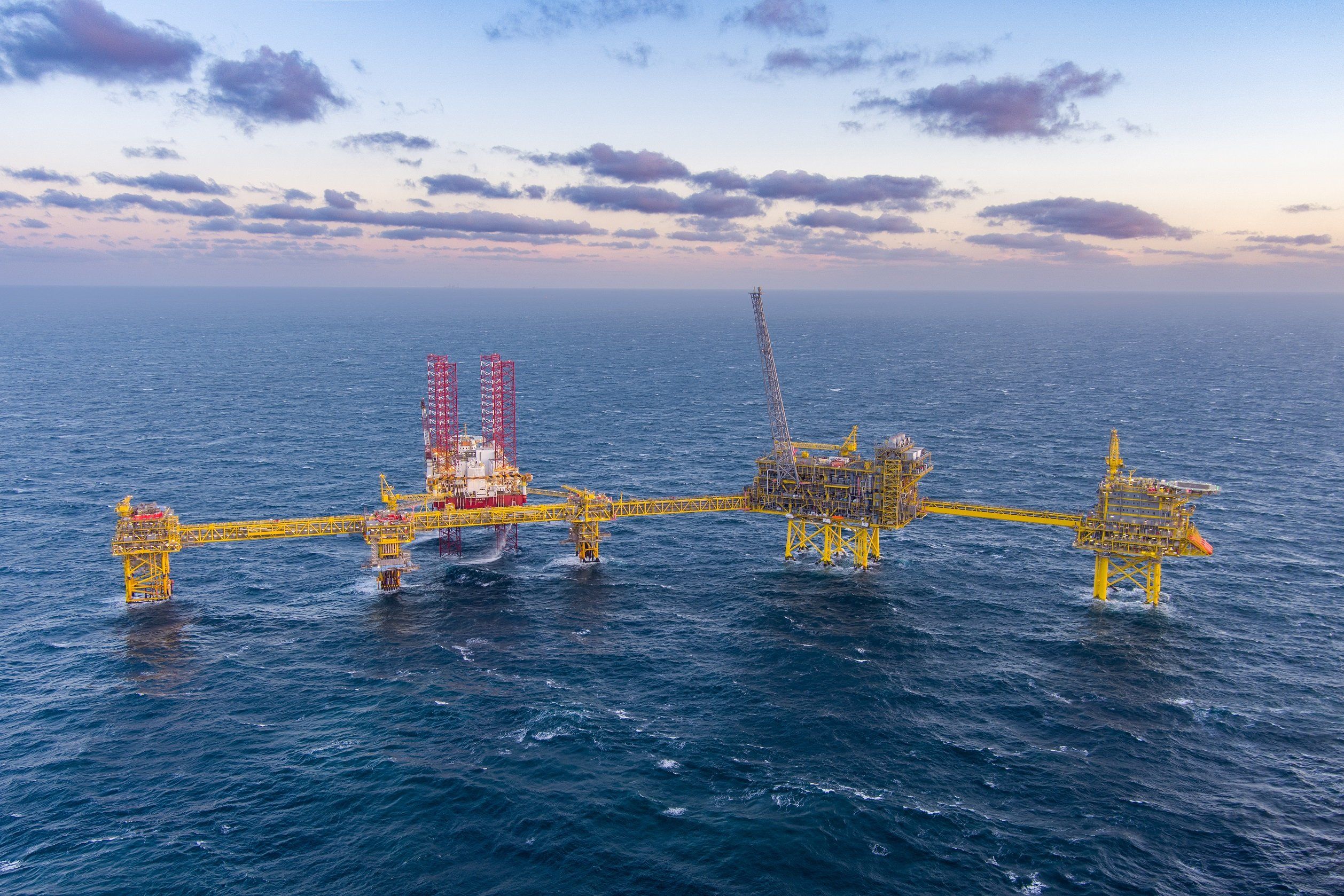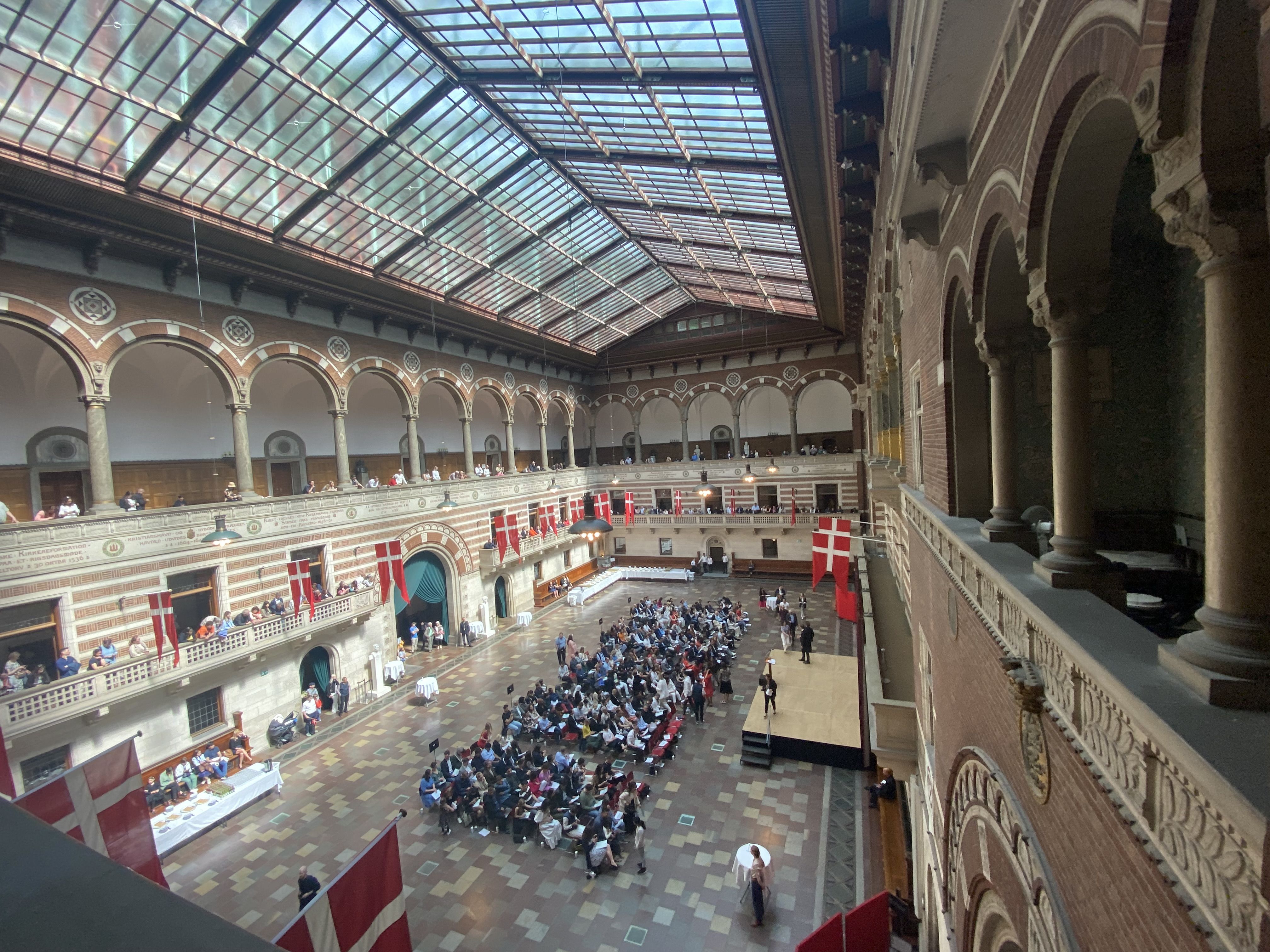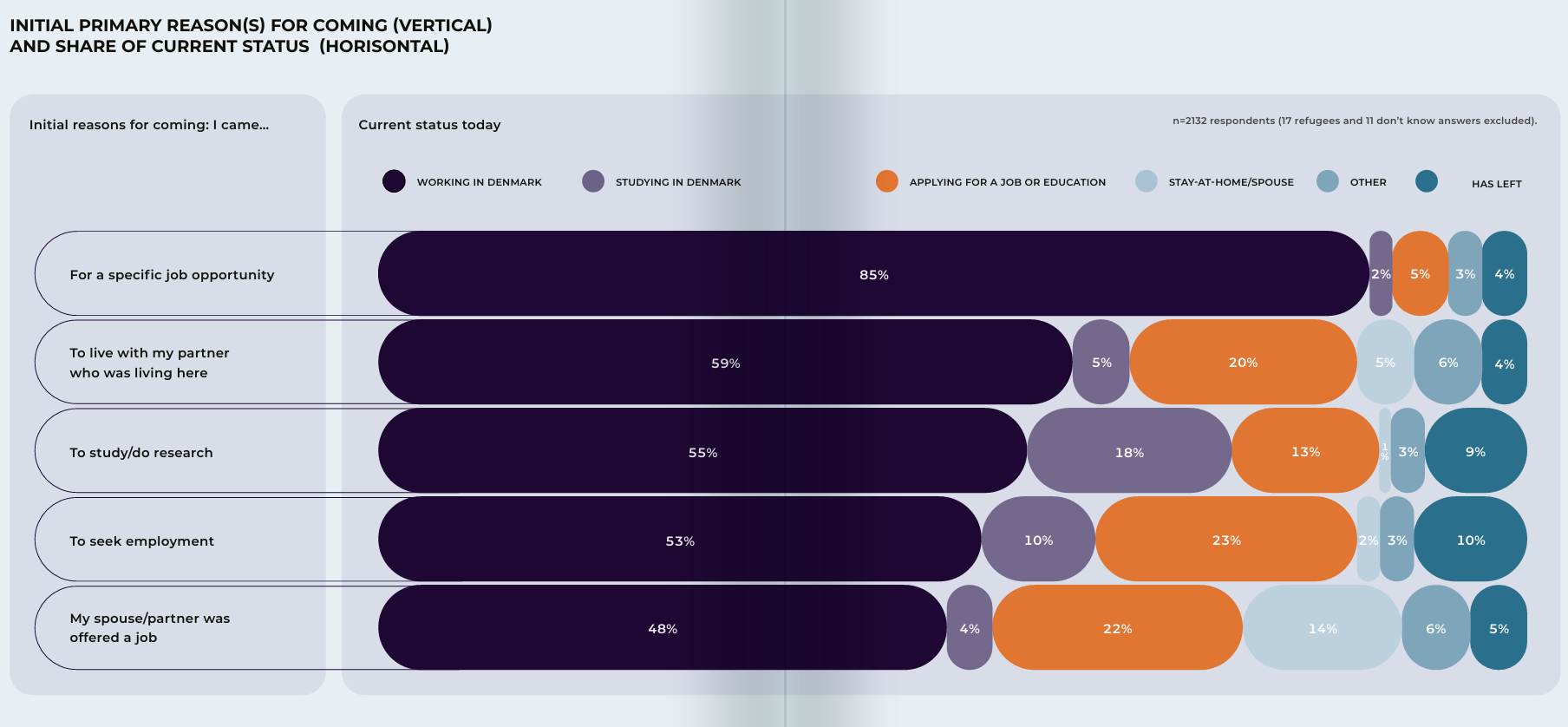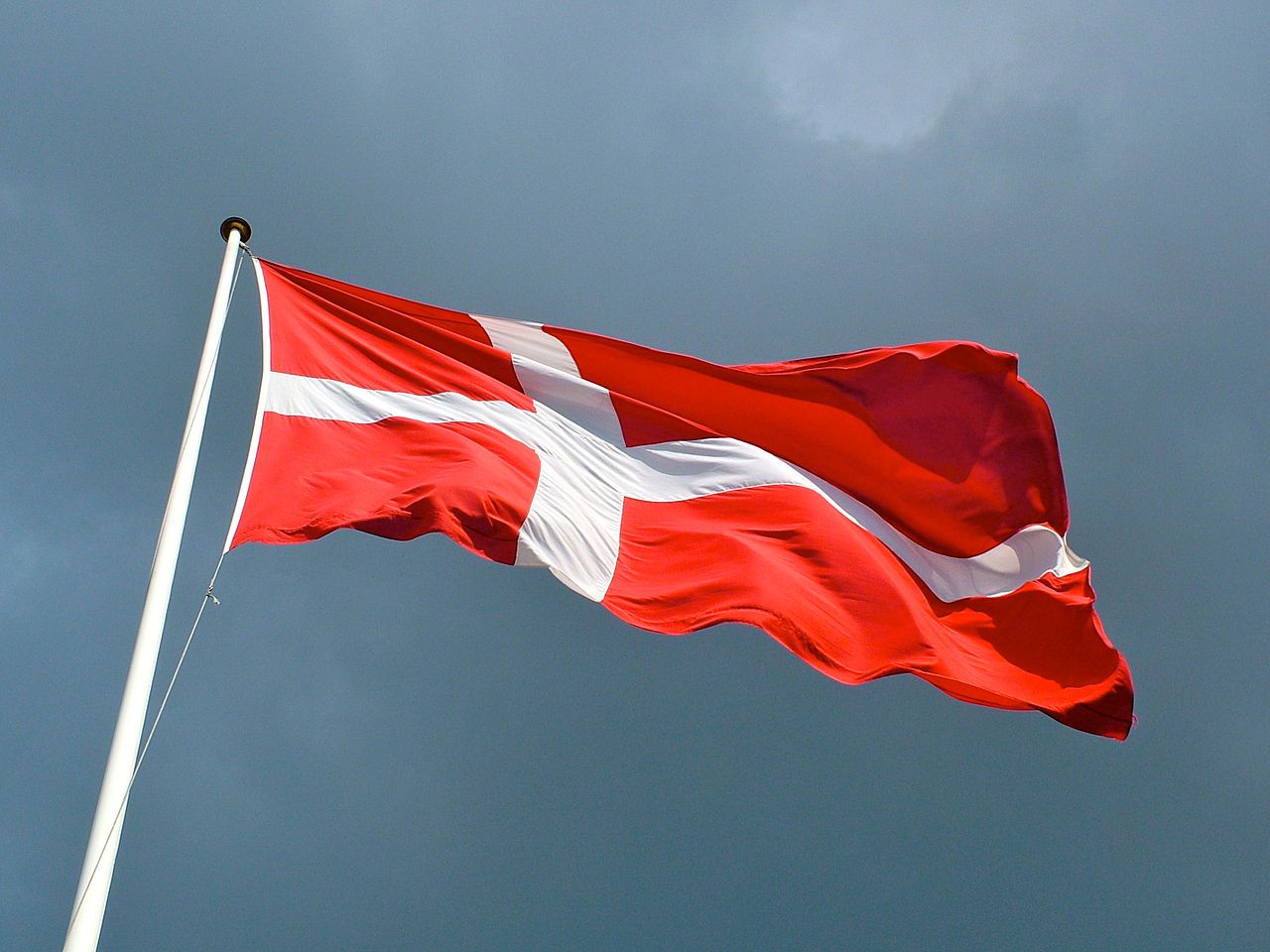The fossil fuel giant TotalEnergies has restarted gas production at the Tyra facility in the Danish part of the North Sea after a major DKK 27 billion reconstruction project.
In an update on its website, the company announced: “when production reaches its full capacity later this year, the Tyra hub will produce 5.7 million cubic metres of gas and 22,000 barrels of condensate daily.”
That equates to roughly 2 billion cubic metres of gas per year – a significant figure against Denmark’s entire national production which, according to BP’s latest Statistical Review of World Energy, was 1.3 billion cubic metres in 2021.
Natural gas is a cleaner fuel than coal or oil in the sense that burning it produces fewer conventional air pollutants, like sulfur dioxide and particulates. It has therefore become a bridge fuel for many countries seeking to transition away from coal and oil.
But researchers have discovered massive amounts of methane, a more potent greenhouse gas than CO2, leaking from natural gas facilities around the world.
Disruptions to Europe’s supply caused by Russia’s invasion of Ukraine have spurred investments in liquified natural gas in Denmark since 2022.
In fact, the country had otherwise been dialing back gas extraction on a national level for a decade; its annual total has declined consistently from 6.9 to 1.3 billion since 2011 – but TotalEnergies’ Tyra plant renovation will put an end to the trend.
This uptick is especially significant given that Denmark often leads the charge on EU climate recommendations.
During the 2023 United Nations Climate Change Conference COP28, Denmark was the first to announce an ambitious target of a 90 percent reduction in CO2 emissions on 1990 levels by 2040.
At the time, the Danish minister for climate Lars Aagaard called on the other EU countries to join: “I hope that with our announcement we can inspire others to sign up for levels of at least 90 percent,” he said.
Yet even before the Tyra expansion, active methane flares were detected in TotalEnergies’ extraction patch in the North Sea throughout 2022, according to by IEA’s Global Methane Tracker Report.
While TotalEnergies claims that the redeveloped Tyra will reduce 90 percent of flaring, the firm has a bad track record for keeping its promises in this regard.
In 2022, Energy Watch revealed that TotalEnergies had reported discrepant flaring figures from the Danish North Sea field. Its daily routine flaring had in fact emitted 60,000-67,000 tonnes of CO2 equivalent, leaving an “unsightly blemish on the country’s climate accounting”, according to the investigation.
“Abandon the fantasy” of a phaseout
TotalEnergies, like other major energy companies such as Chevron, Shell, RWE and Equinor, which are the engines of climate change, are bound by Paris Agreement Goals to urgently reduce their fossil fuel focus and adopt greener practices.
Whether they are on track is measured by the Transition Pathway Initiative (TPI) Centre at the London School of Economics and Political Science, which provides an independent assessment of the progress being made by the financial and corporate world in transitioning to a low-carbon economy.
According to the TPI evaluation, TotalEnergies is ‘not aligned’ with both short-term 2025 climate goals, and medium-term 2035 goals.
In fact, TotalEnergies and the rest of the world’s oil and gas producers are more than ‘not aligned’ – they are far off track.
Last year, fossil fuel giants sanctioned and discovered the equivalent of all the proven oil reserves in Europe, and aim to quadruple the amount sanctioned by the end of the decade, according to a new report from Global Energy Monitor.
This is despite scientific consensus that any new field developments are incompatible with scenarios to limit temperature increases to 1.5°C.
At an industry conference in Texas on 18 March, the president and chief executive of Saudi Aramco, the world’s largest oil company, even said people “should abandon the fantasy” of phasing out oil and gas, reports The Guardian.
Tyra is funded by the Danish state
In Denmark, ostensibly a European green-transition leader, little airtime is given to business and political rhetoric that overtly dismisses national climate targets. But that doesn’t mean that the state has no fossil business interests – rather that they are handled quietly.
TotalEnergies operates the Tyra field on behalf of the Danish Underground Consortium, a partnership between TotalEnergies (43.2 percent), the Norwegian petrol company BlueNord (36.8 percent) and the Danish state-owned Nordsøfonden (The North Sea Fund), which is administered by the North Sea Unit (20 percent).
Nordsøfonden defines its business as “producing oil and gas and working to store CO2 underground,” and claims as its goal to “create value for Danish society by exploiting the underground’s potential.”
Danish state fund has history of unethical partnerships
But Nordsøfonden’s claim to create broad societal value veils a reality in which it produces narrow economic value for a select cohort of fossil fuel kingpins and enablers.
In 2022, Danwatch revealed that an EU-sanctioned Russian oligarch and multi-billionaire Mikhail Fridman co-owns lucrative licenses for Danish North Sea fields – via the German energy company Wintershell Dea, of which he is a 33 percent shareholder – with Nordsøfonden, ONE-Dyas Denmark ApS and INEOS E&P A/S.
Nordsøfonden therefore has a track record of unethical partnerships. This, combined with its continued support of the expansion of fossil fuel extraction by oil giants who are not on track to achieve their Paris goals actively exposes its claim to “create value for Danish society” as false.
Gas export plans bode badly for national climate goals
As the first gas was extracted by TotalEnergies new Tyra facility on Monday, the Head of Public affairs for TotalEnergies Denmark Johannes P. Bøggild outlined the resources that have enabled the resumption of gas production at the Tyra facility in a post on X: “45 million man hours” and “approx. 27 billion invested”.
The DKK 27 billion rebuild added eight new platform modules, two new platform legs and six bridges to the plant.
Tyra is yet to achieve its full operation capacity, but TotalEnergies claims that it will enable Denmark to become a “net exporter of natural gas”. According to Energistyrelsen, Denmark has enough gas to export until the mid 2030s.
On 3 December 2020, the Danish government entered into an agreement with the Liberals, Radical Liberals, Socialist People’s Party, Danish People’s Party and Conservatives on the future of oil and gas extraction in the North Sea.
The central point of the agreement is no new exploration for oil in the Danish part of the North Sea is allowed, and that oil and gas must not be extracted in the Danish part of the North Sea after 2050.
Downplaying vast sums of money
TotalEnergies’ DKK 27 billion rebuild of the Tyra plant illustrates that there are no plans to slow down Danish gas extraction ahead of 2050, despite the gas extraction agreement.
On the contrary, the new plant demonstrates that the government supports accelerated extraction on a vast scale.
For economic comparison, when the government recently announced a DKK 40 billion budget increase for national defence and security in order to achieve NATO’s defence-spend requirement, it was splashed in the media as a major sum.
So too was the DKK 31 billion total that Novo Nordisk made from worldwide Wegovy sales for 2023. It’s therefore notable how little noise there is about TotalEnergies’ DKK 27 billion gas extraction plant.
This downplaying of Denmark’s continued unethical fossil fuel practices allows a select number of elites inside and outside the country to profit from violating details of the Paris Agreement – without denting the country’s reputation as a vanguard of the green transition.
About the Tyra field
The Tyra field was discovered in 1968 by Maersk Oil and is located 225 kilometres west of the coast from Esbjerg.
The gas from the Tyra hub is delivered to Europe through two export pipelines to Nybro in Denmark and Den Helder in the Netherlands respectively.












